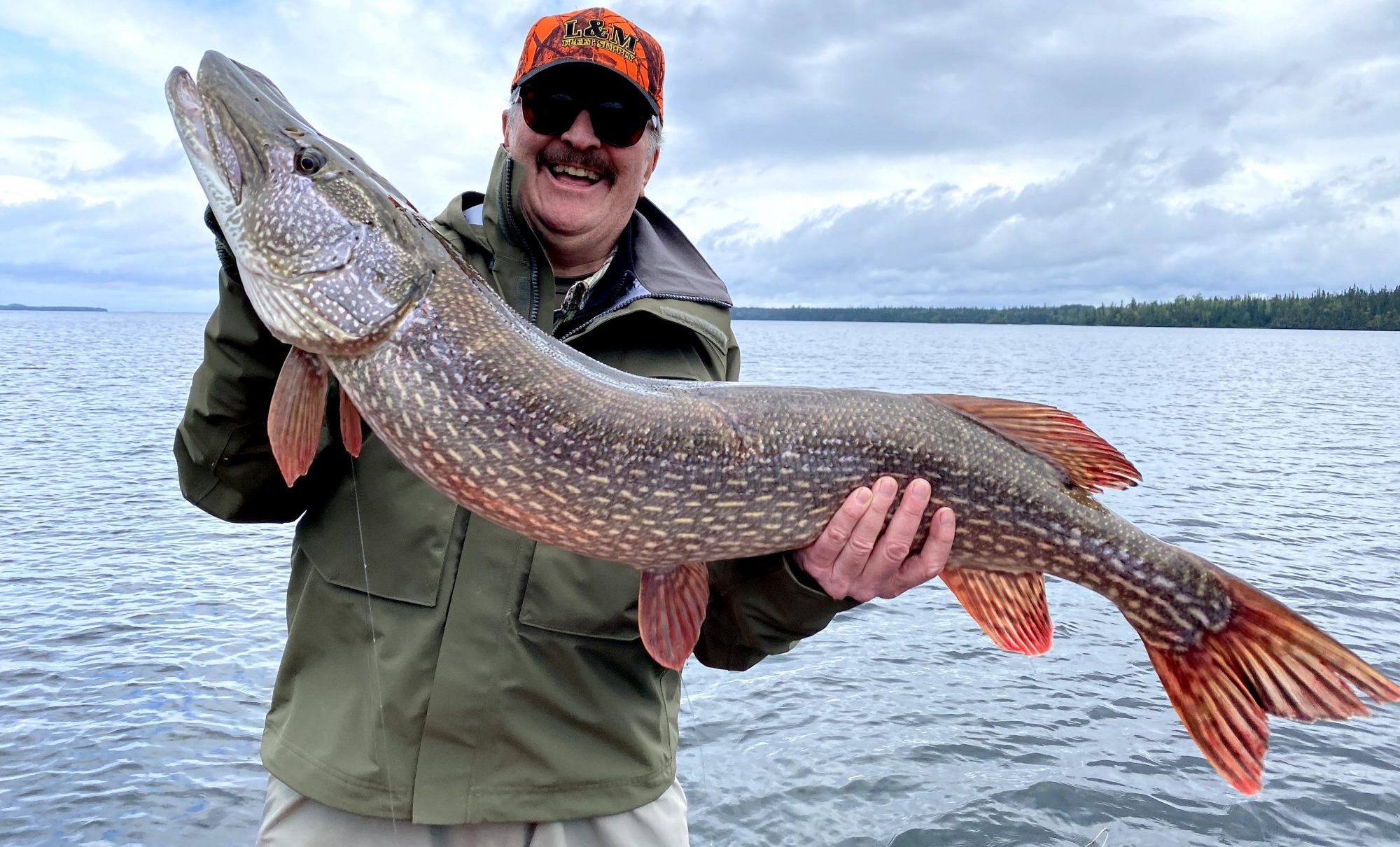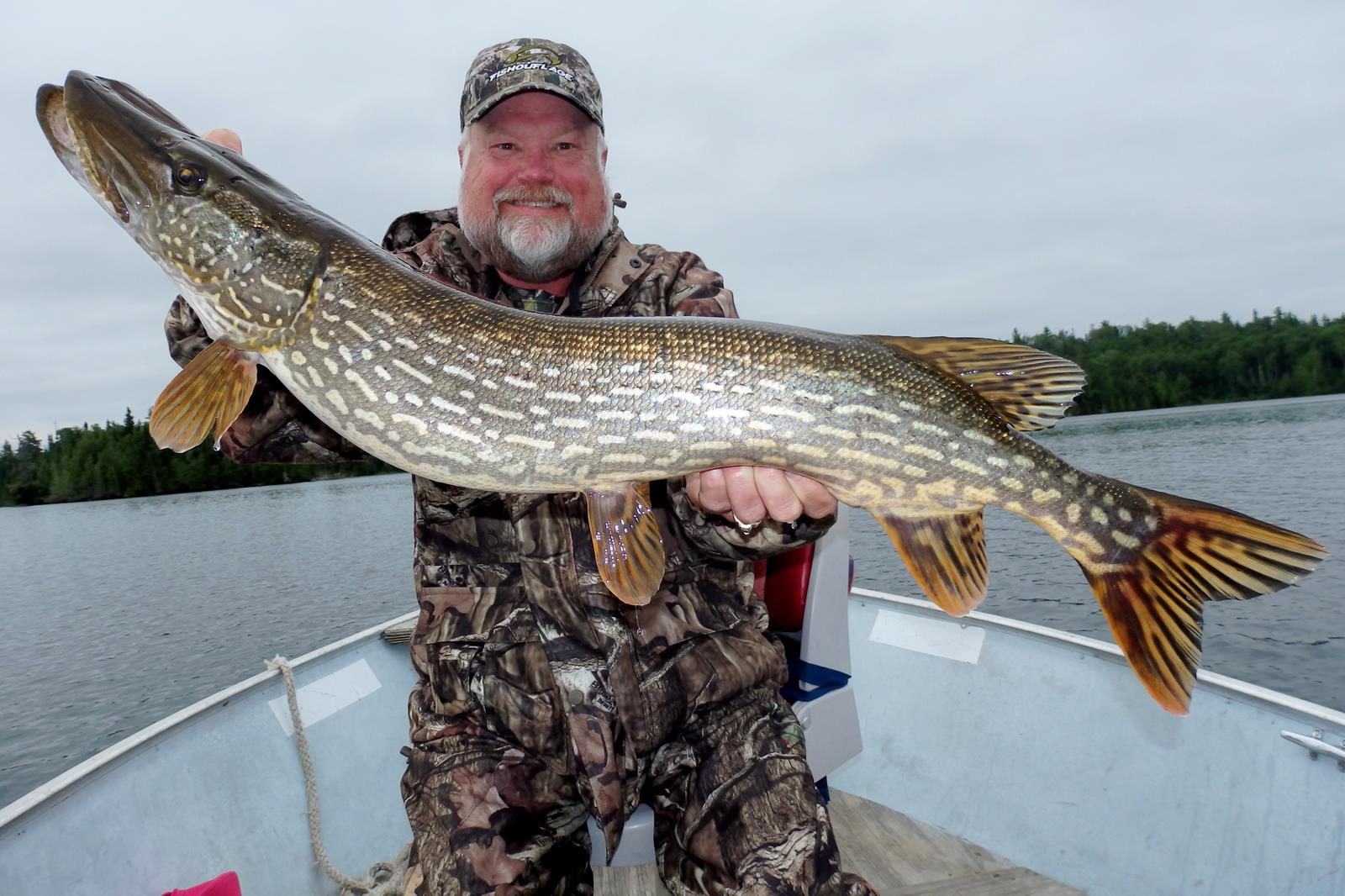Pike in Fishing: Pike Meaning

Pike meaning – Pike are a type of freshwater fish that are found in many parts of the world. They are known for their long, slender bodies and their sharp teeth. Pike are predators and they typically eat other fish, but they will also eat small mammals, birds, and reptiles.
In the realm of marine life, a pike stands as a formidable predator, its swift and precise movements inspiring awe. Similarly, in the world of basketball, the term “lift” holds a significant meaning. Lift basketball meaning refers to the upward motion of a player as they attempt to elevate themselves for a shot, block, or rebound.
Like the pike’s calculated strike, the lift in basketball requires precision, timing, and an unwavering determination to rise above the competition.
There are three main types of pike: northern pike, muskellunge, and chain pickerel. Northern pike are the most common type of pike and they can be found in lakes, rivers, and streams. Muskellunge are the largest type of pike and they can grow to be over 5 feet long. Chain pickerel are the smallest type of pike and they are typically found in shallow, weedy waters.
A pike, with its pointed snout and formidable teeth, symbolizes power and strength. But there’s another kind of pike – the sole meaning – that represents the essence of something. Just as the pike in the water embodies the spirit of the river, the sole meaning captures the core of a concept, giving it a profound significance that transcends its literal definition.
Pike are ambush predators and they typically lie in wait for their prey. When they see a potential victim, they will quickly strike and use their sharp teeth to kill it.
In the realm of weaponry, a pike reigns supreme with its piercing blade. Yet, in the captivating world of basketball, a different kind of perch takes flight. Perch in basketball is a gravity-defying feat, where players soar above the rim to secure rebounds or score spectacular dunks.
Like the pike, it demands precision and unwavering focus, as each attempt carries the potential for both triumph and despair. Yet, just as the pike’s legacy endures in battle, so too does the art of perch in basketball, inspiring awe and admiration in the hearts of all who witness its execution.
How to Catch Pike
Pike can be caught using a variety of baits and lures. Some of the most popular baits for pike include live bait, such as minnows and suckers, and artificial lures, such as spoons and spinners.
When fishing for pike, it is important to use a heavy line and a strong hook. Pike are powerful fish and they can easily break a light line or a weak hook.
In the realm of marine life, the term “pike” evokes images of sleek, predatory fish. However, in the depths of medical parlance, “floater” emerges as a distinct entity, referring to those translucent specks that drift across our field of vision floater meaning.
Yet, like the pike that patrols the aquatic realm, these tiny floaters serve as a constant reminder of the intricate workings of our physiological machinery, offering a glimpse into the wonders of the human body and the fascinating world of medical terminology.
Pike can be caught from shore or from a boat. When fishing from shore, it is important to find a spot where there is a drop-off or a weed bed. Pike typically like to hold in these areas.
When fishing from a boat, it is important to troll slowly and to keep your bait or lure close to the bottom. Pike are bottom-dwelling fish and they are more likely to strike a bait or lure that is close to the ground.
Tips and Tricks for Handling and Releasing Pike
Pike are a powerful fish and they can be dangerous to handle. It is important to always use caution when handling a pike.
The pike, a formidable predator in the depths of the sea, is known for its sharp teeth and lightning-fast strikes. Its aquatic prowess is matched by its namesake, the “floater,” a term often used to describe those who effortlessly navigate life’s currents, floating above the challenges with grace and ease.
Just as the pike commands respect in its watery realm, the floater inspires admiration for their ability to stay afloat amidst life’s tempests.
To handle a pike, first wet your hands. This will help to prevent the pike’s slime from getting on your skin. Then, grasp the pike firmly around the body, just behind the head. Be careful not to touch the pike’s gills or eyes.
To release a pike, simply hold the pike in the water and let it swim away. Do not throw the pike back into the water, as this can injure the fish.
Pike in Literature

In the realm of literature, the enigmatic pike has captured the imagination of storytellers and readers alike. Its predatory nature and elusive presence have imbued it with symbolic significance, weaving its way into myths, folklore, and fairy tales.
Pike in Mythology
In ancient mythologies, the pike often represents power, cunning, and deception. In Norse mythology, for instance, the god Loki transforms into a pike to escape capture. In Slavic folklore, the pike is associated with water spirits and is believed to grant wishes to those who catch it.
Pike in Fairy Tales
In fairy tales, the pike frequently serves as a magical helper. In the Russian fairy tale “The Fisherman and the Fish,” a fisherman catches a talking pike that grants him three wishes. In the Grimms’ fairy tale “The Fisherman and His Wife,” the pike’s wishes ultimately lead to the fisherman’s downfall.
Pike in Horror, Pike meaning
In horror literature, the pike’s sharp teeth and predatory instincts make it a formidable adversary. In H.P. Lovecraft’s short story “The Shadow Over Innsmouth,” the pike is described as a monstrous creature that preys on humans. In Stephen King’s novel “It,” a giant pike terrorizes the children of Derry.
Pike in Fantasy
In fantasy literature, the pike often symbolizes strength and ferocity. In J.R.R. Tolkien’s “The Lord of the Rings,” the pike is used as a weapon by the orcs. In George R.R. Martin’s “A Song of Ice and Fire” series, the pike is a common sight on the battlefields of Westeros.
Pike in Heraldry

The pike, a formidable predator of the aquatic realm, has also found its place in the symbolic world of heraldry. Its presence in coats of arms and other heraldic devices carries a rich history and diverse meanings.
In heraldry, the pike is often depicted in a rampant posture, symbolizing strength, aggression, and readiness to strike. The couchant position, with the pike lying down, conveys a sense of vigilance and defense. The passant posture, where the pike is shown walking, represents movement and agility.
Notable Coats of Arms Featuring Pike
- The Coat of Arms of the City of Lucerne, Switzerland: A rampant pike, grasping a key, represents the city’s strategic location as a gateway to the Alps and its role as a guardian of the keys to the passes.
- The Coat of Arms of the Counts of Hohenzollern: A silver pike on a red field symbolizes the family’s power and military prowess, tracing its lineage back to the medieval era.
- The Coat of Arms of the Clan Macpherson: A rampant pike with a salmon in its mouth represents the clan’s association with the River Spey, known for its abundant salmon population.